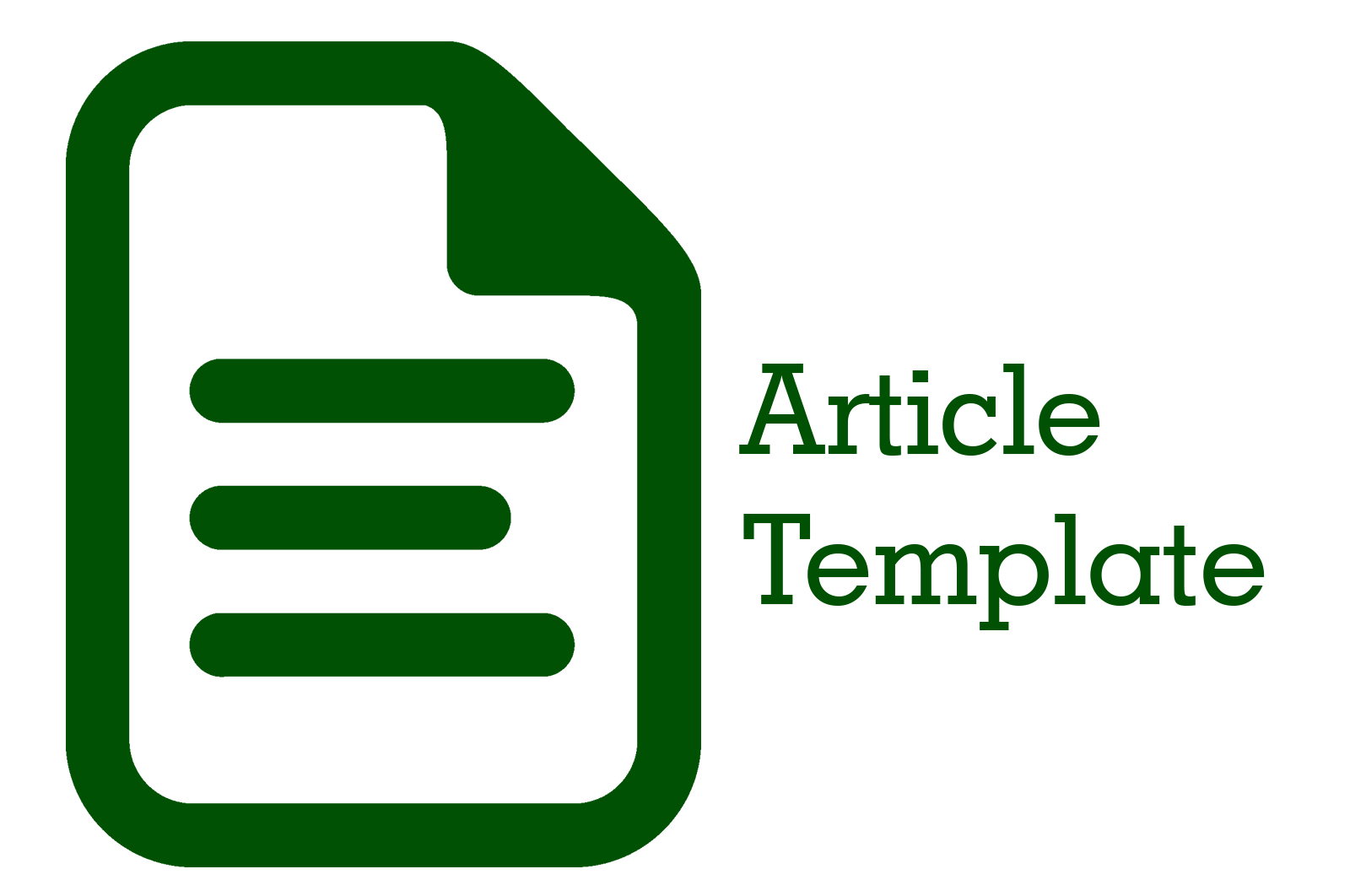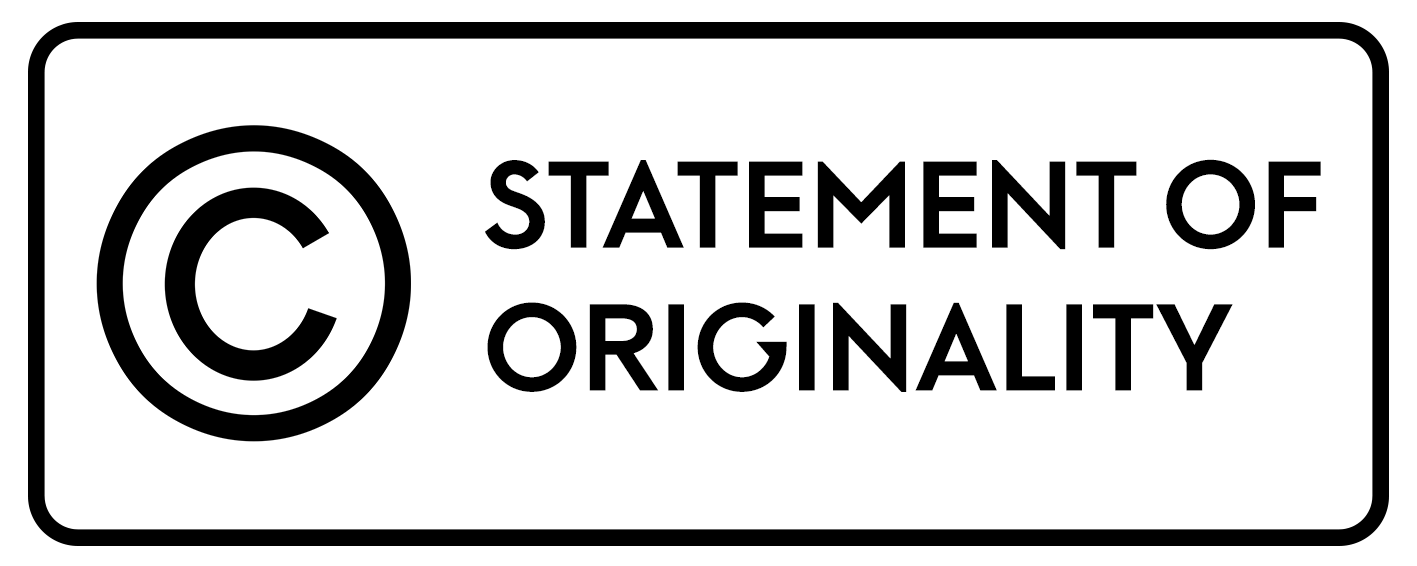Observasi terhadap Literasi di SD Negeri 017 Pandau Jaya
 Abstract views: 183
,
Abstract views: 183
,
 PDF (Bahasa Indonesia) downloads: 1731
PDF (Bahasa Indonesia) downloads: 1731
Abstract
The purpose of writing this article is to provide information related to the concept of literacy. At present, there are several things that affect the success of the School Literacy Movement program, firstly the number of books available is still very limited and not varied, then the classrooms or school fields are not conducive and the educators lack understanding of the literacy program. This limitation becomes an inhibiting factor for students to want to read books because the books available do not match their interests. Second, there is a lack of students' interest in reading because reading has not become a habit since childhood which was raised by their parents at home. The School Literacy Movement (GLS) has been implemented at 017 Pandau Jaya Elementary School. This research was conducted to describe the implementation of GLS in elementary schools. This research is a descriptive research with a qualitative approach. The focus of this research was conducted on students in grades I and IV of SD and the participants in this study were teachers of grades I and IV. Researchers used interview techniques, observation and documentation. From the data obtained, information was obtained that, already there were literacy activities carried out in elementary schools, the literacy activities carried out were in accordance with the concept of literacy, but the main concern was that the literacy activities carried out were not optimal and not sustainable, so they were less able to building a literacy culture in schools.
Downloads
References
Federal Register. (2022). National Institute for Literacy. Documents from National Institute for Literacy.
Kemdikbud. (2016). Literasi. Balai Pengembangan dan Pembinaan Bahasa.
Narbuko, C. (2013). Metodologi Penelitian. Bumi Aksara.
Purwati, S. (2018). Program Literasi Membaca 15 Menit Sebelum Pelajaran Dimulai Untuk Meningkatkan Hasil Belajar Membaca Dan Menghafal Surah Pendek. Jurnal Ilmu Pendidikan Sosial, sains, dan Humaniora, 4(1). http://dx.doi.org/10.24014/suara20guru.v4i1.5597
Riyanto, P. (2020). Literasi sebagai Upaya Penanaman Karakter Peduli Lingkungan melalui Kegiatan Taman Bacaan Masyarakat. Diklus: Jurnal Pendidikan Luar Sekolah, 4(1), 45–54. https://doi.org/10.21831/diklus.v4i1.27889
Sugiyono. (2017). Metode Penelitian Kuantitatif, Kualitatif dan R&D. Alfabeta.
Copyright (c) 2023 Farrencia Ramadhani, Meisha Andhini, Nasuha Risma Dewi, Ratu Rahilla, Febrina Dafit

This work is licensed under a Creative Commons Attribution 4.0 International License.

Jurnal Simki Postgraduate : https://jiped.org/index.php/JSPG/index is licensed under a Creative Commons Attribution 4.0 International License.











